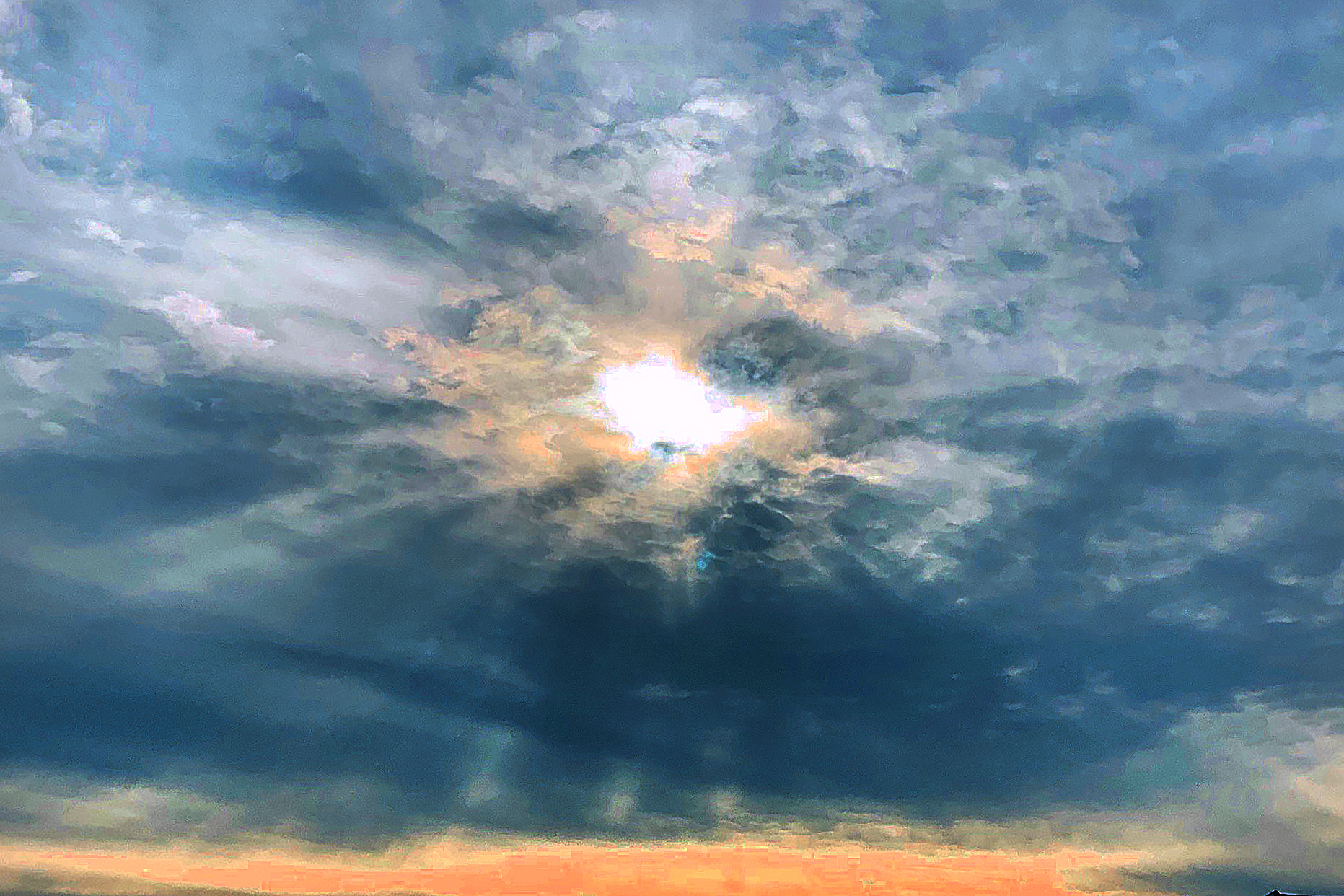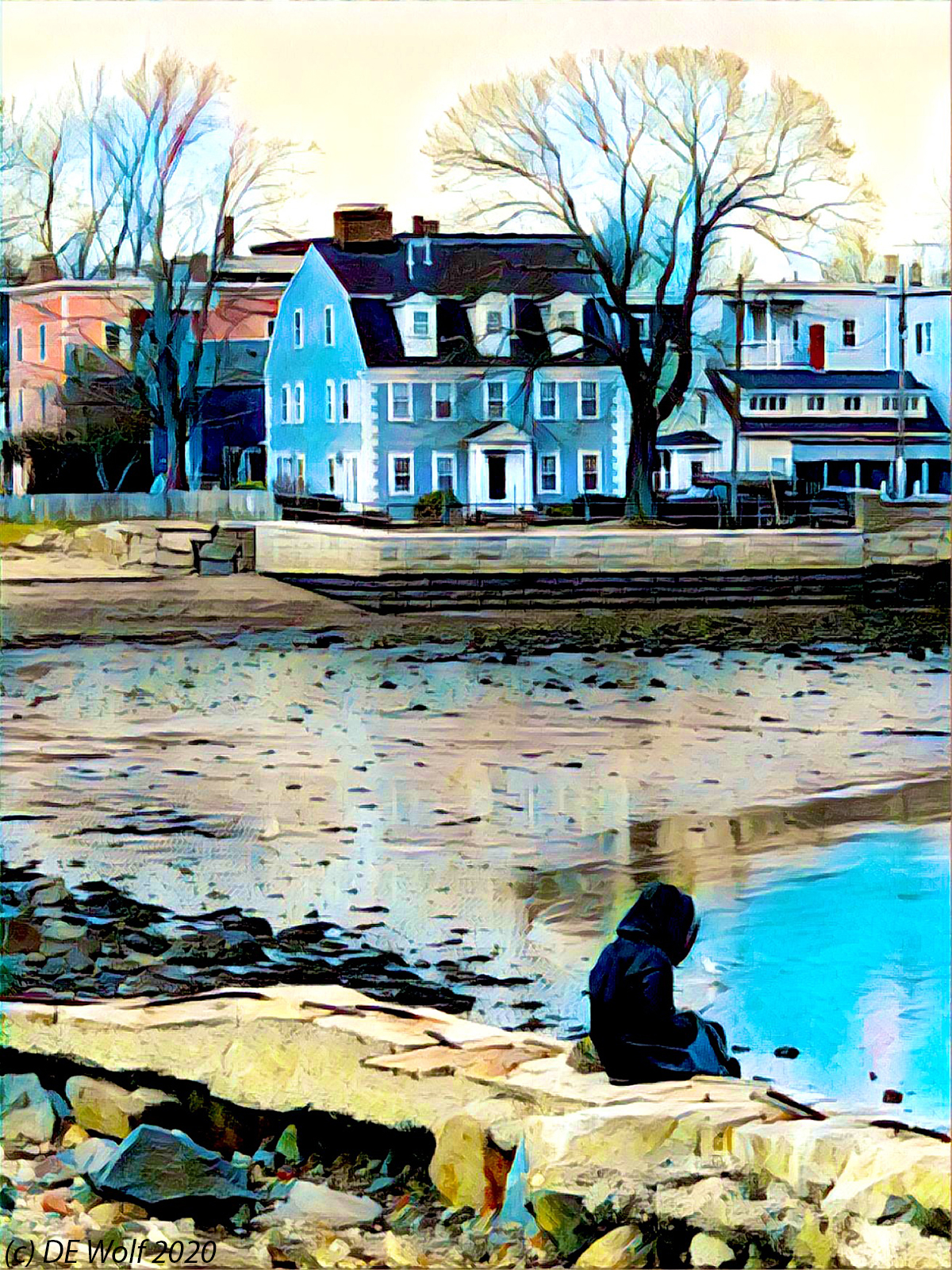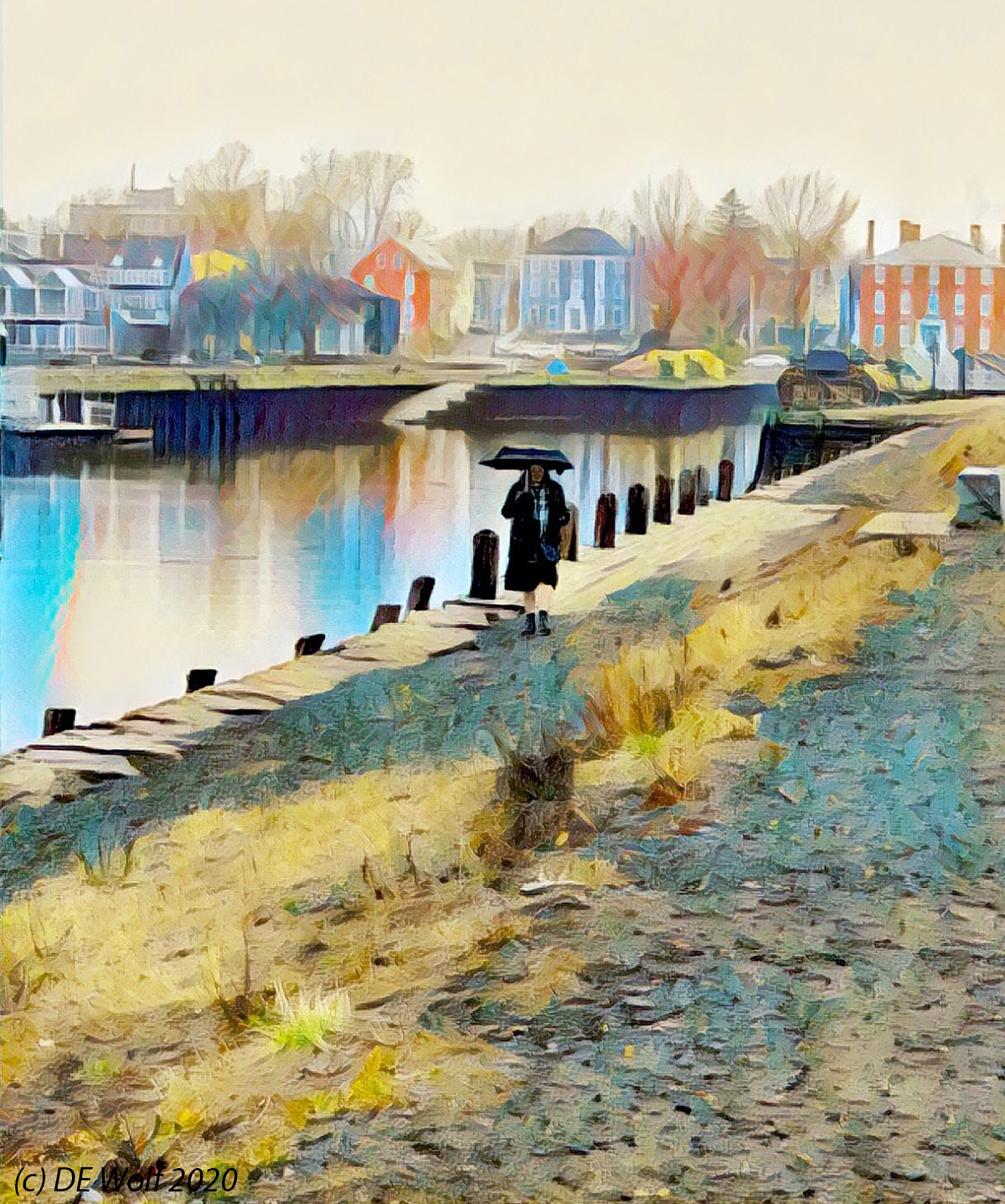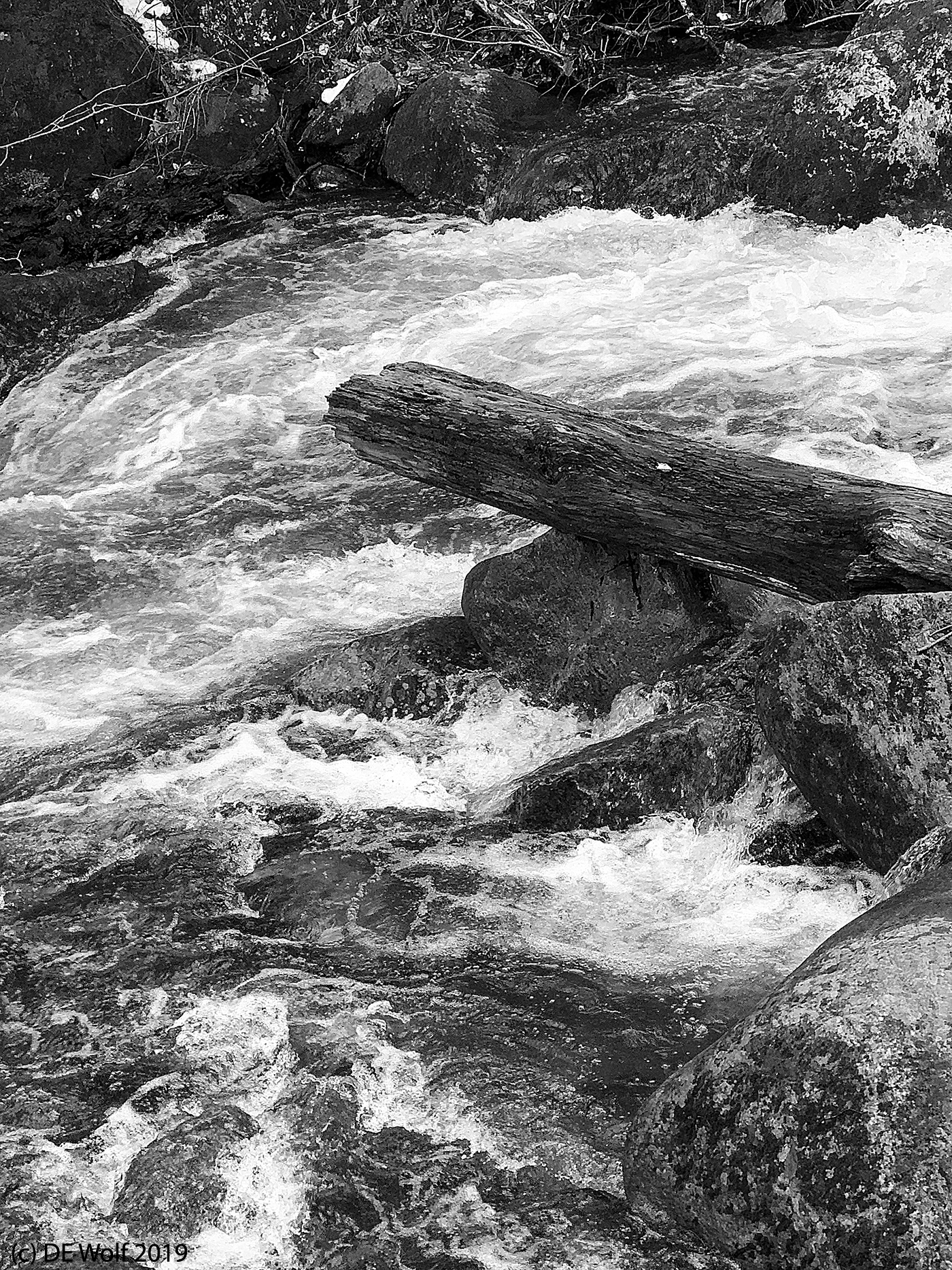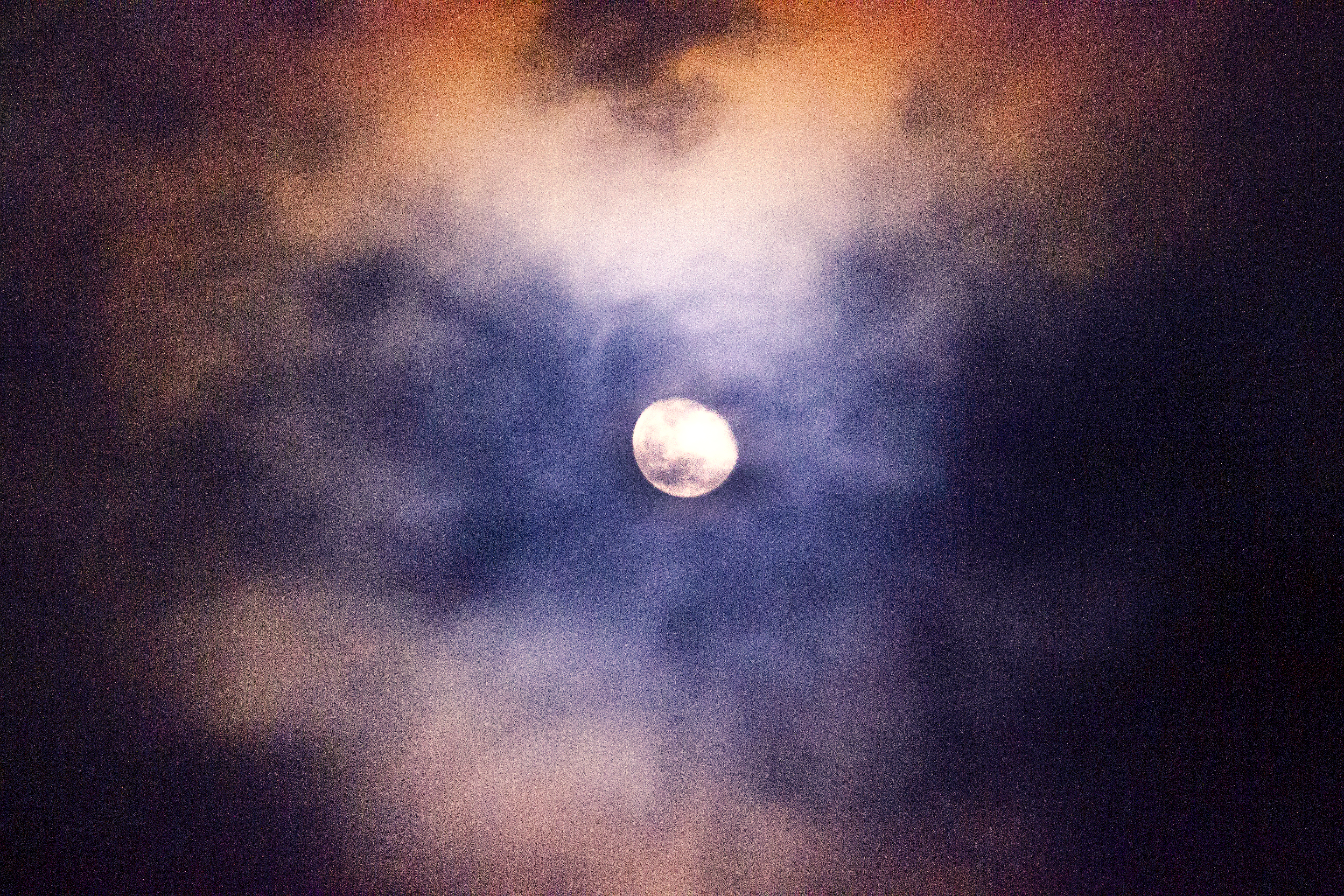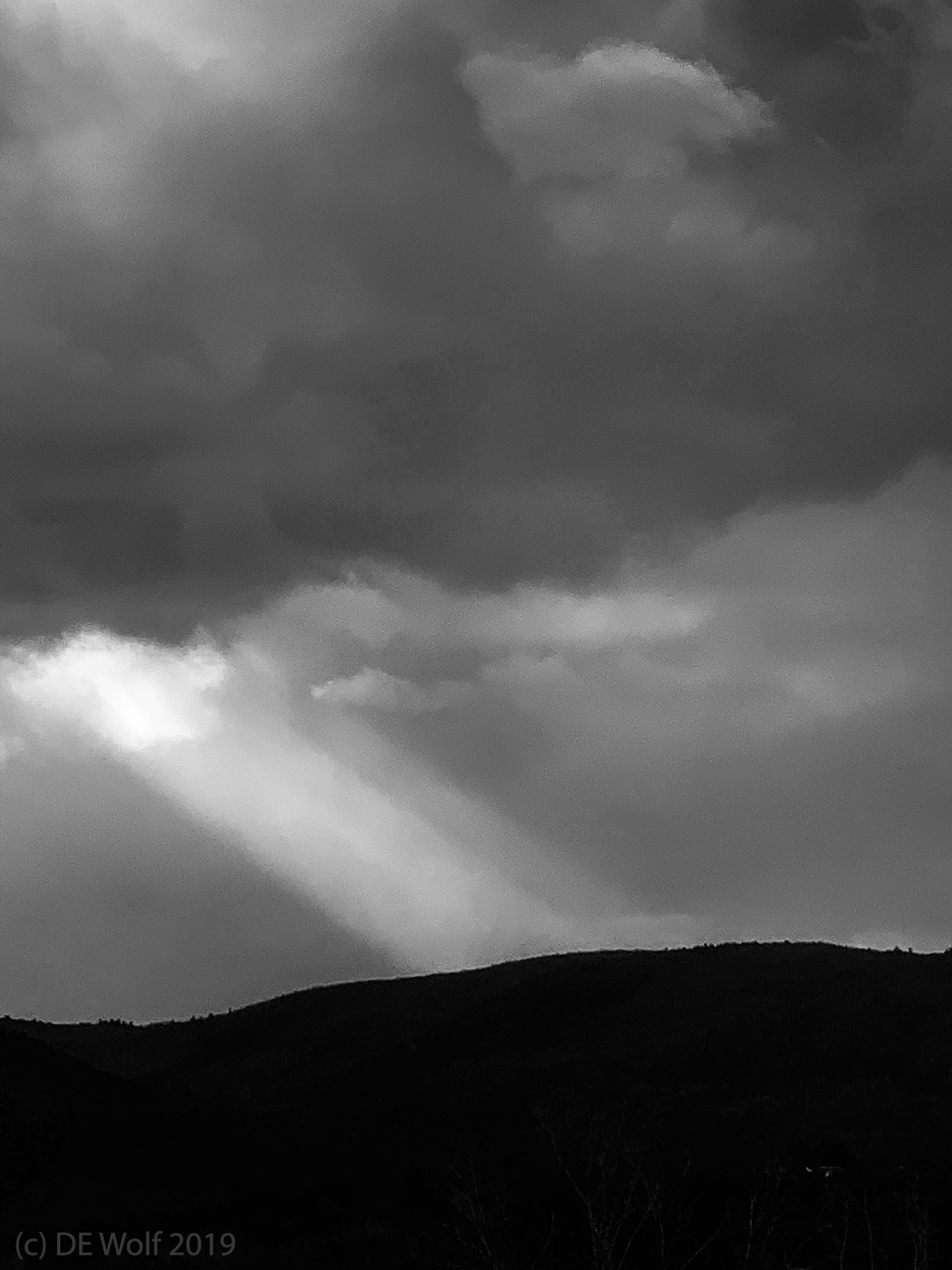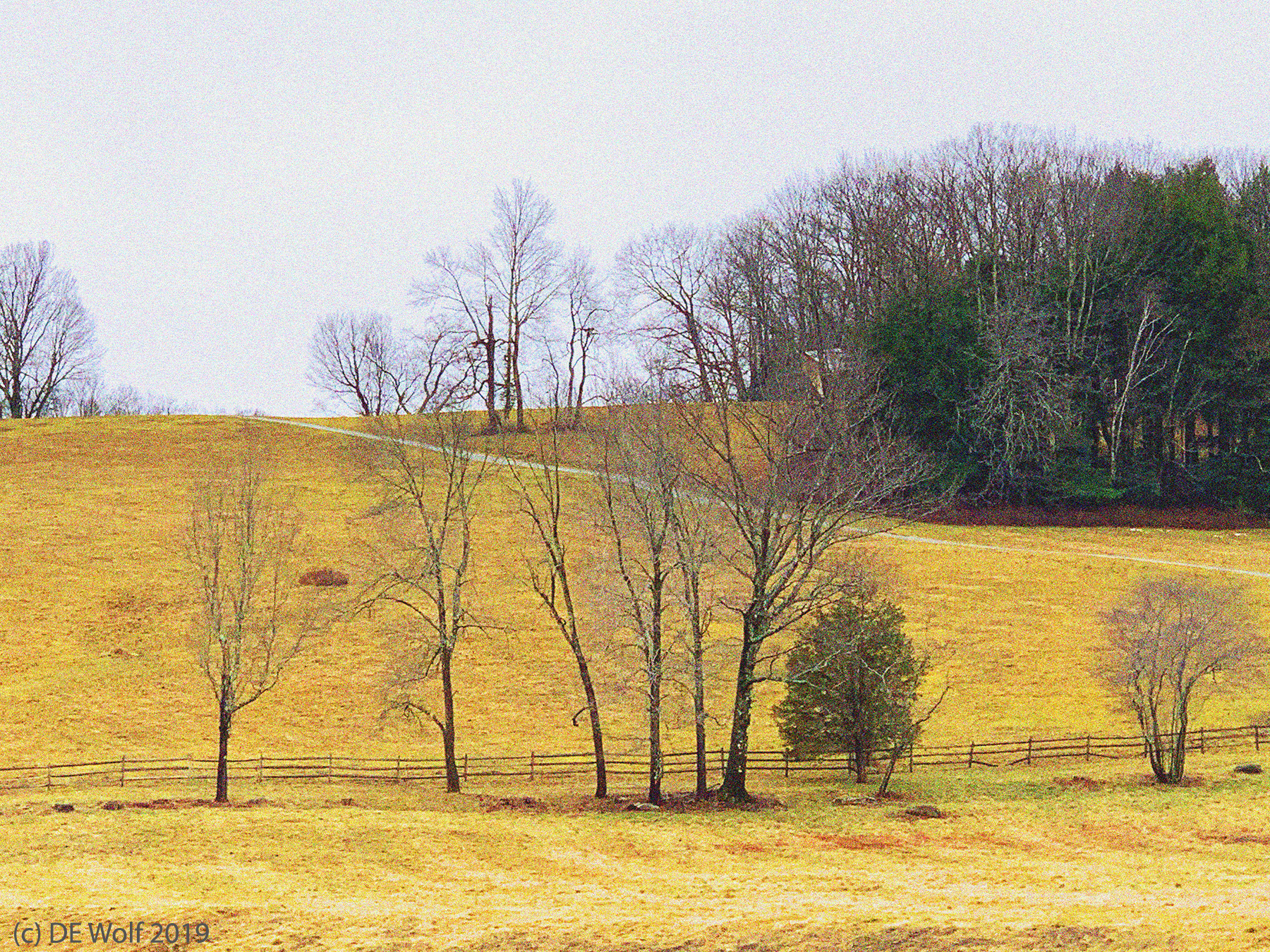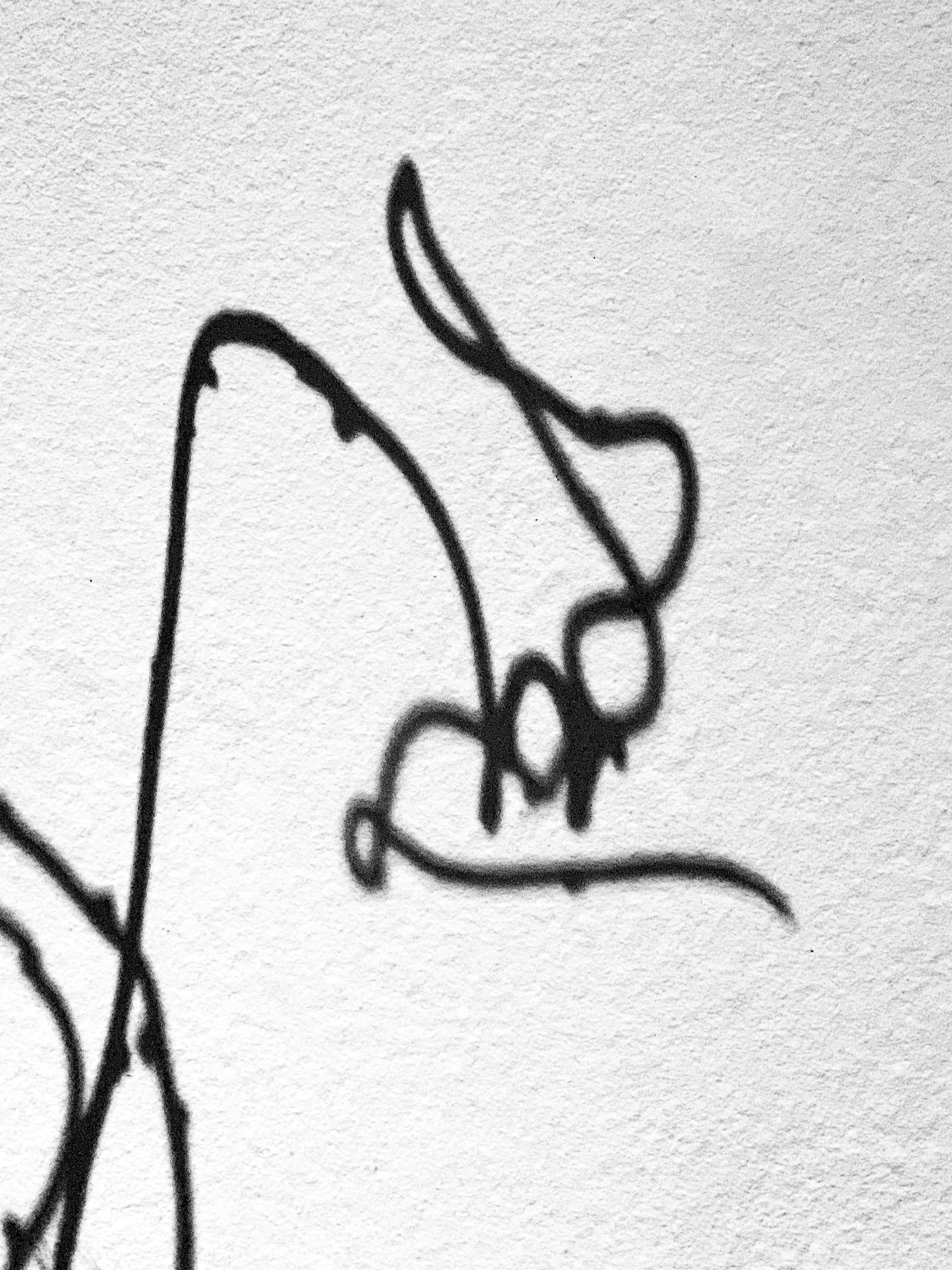I recently joined the “Cloud Appreciation” users’ group on Facebook – that vast wasteland! It is interesting because you immediately recognize that people are emphasizing a bit and often tending towards photographic hyperbole. I am no exception. You could argue, as I do, that it is art and more significantly that the goal of art photography is to represent what you see with “your mind’s eye.”
In Shakespeare’s Hamlet it may be recalled that Horatio is alarmed when Hamlet says that he sees his father. ”Where, my lord?” Hamlet replies: “In my mind’s eye, Horatio.” (1.2. 180-185).
I have not seen a ghost, an extracorporeal being. But I have seen crepuscular rays. These are the rays of light emanating from the sun, or so they appear, through a break in the clouds. They are in fact parallel lines meeting in infinity! Figure 1 is an example of this and was taken from Derby Wharf this past Tuesday afternoon in a waning light. And they occur during the crepuscular times of day, just after dawn and before dusk. When the rays appear to reach the ground they are referred to as a “Jacob’s Ladder.”
What’s this with Jacob and his ladder, you ask. Jacob’s Ladder (סולם יעקב Sulam Yaakov) refers to the ladder that led to heaven in a dream that the biblical patriarch Jacob had during his flight from his brother Esau in the Book of Genesis.
I am tempted to say, all this from a simple cloud and sun photograph. However, truly there is awe in the presentation of the light!

